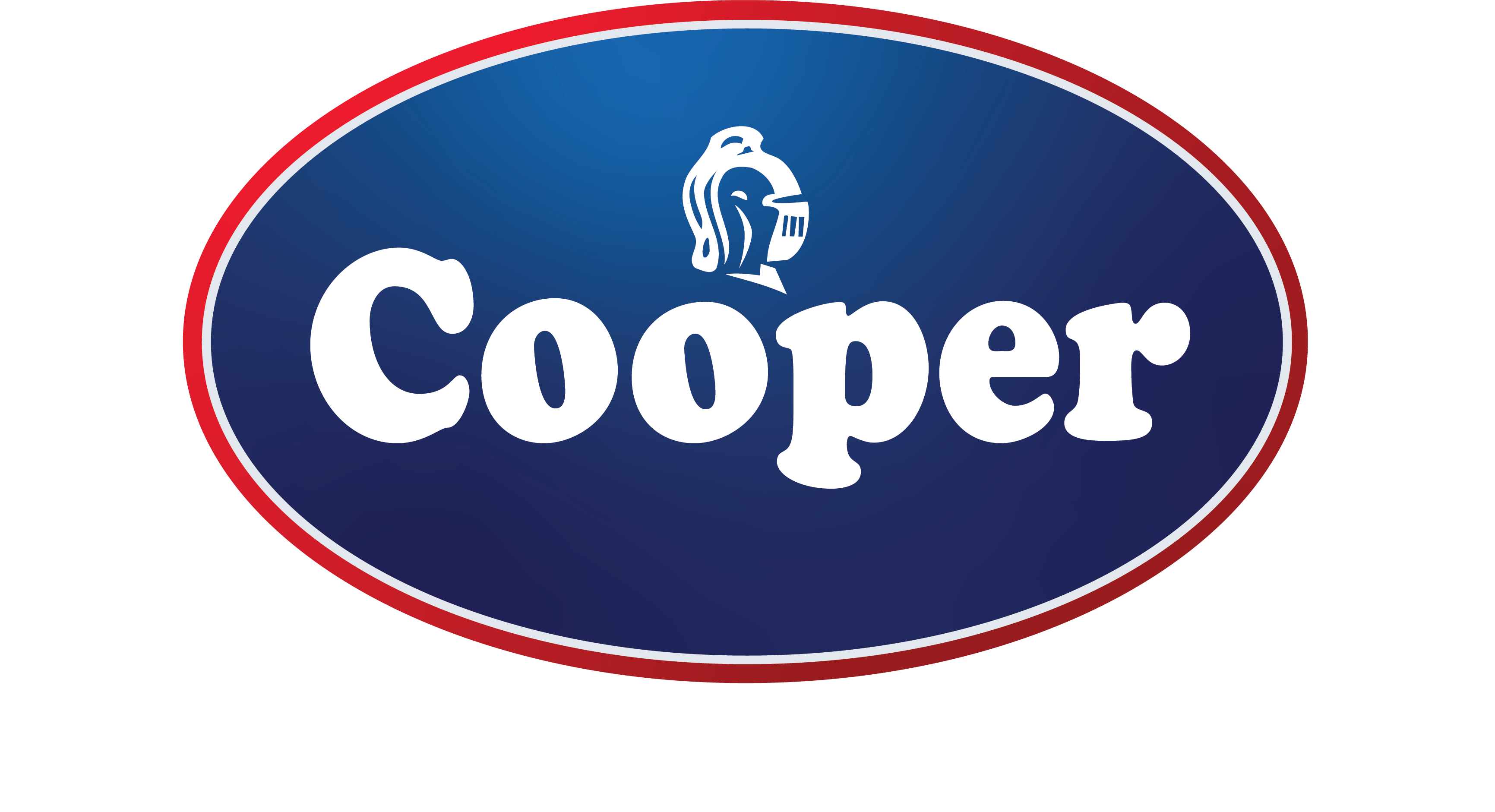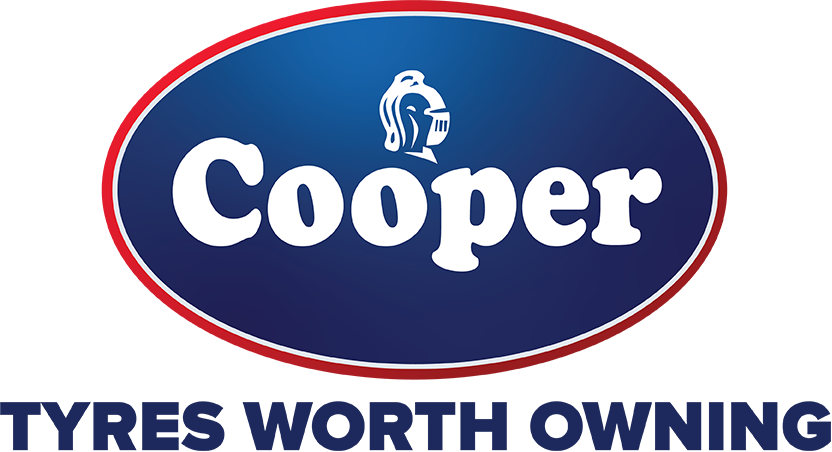We know that there are many questions about the different aspects of tyres; tyre maintenance and performance. We’ve listed the answers to some our most frequently asked questions.
If you have a question or concern that is not answered in our FAQs, please contact our customer service team on 1300 756 884.
There is no universal “right” pressure for all tyres. The proper inflation level depends on your vehicle and could even differ for your front and back tyres.
To find the correct pressure for your tyres, check the tyre information placard that’s mounted inside the frame of the driver’s door, in the glove box or inside the fuel door. You can also get that information in your vehicle owner’s manual or from a tyre service professional.
Be sure to use a reliable tyre pressure gauge and not just sight, as a tyre can lose half its pressure without looking flat.
For more info, check out our Tyre Pressure Guide.
You should check your tyre pressure once a month at least and before going on any lengthy trips. A good idea is to make it a habit to check your tyres every time you fill up your gas tank.
Ideally, tyre pressure should be measured when tyres are cold (when you have driven less than a 1.5km) as the inflation pressure increases when tyres are hot.
Remember to check the pressure of your spare tyre as well.
Wheel alignment and balancing are important for safety and maximum tread wear from your tyres. Inspect your tyres at least once a month for signs of uneven wear.
Uneven wear patterns may be caused by improper inflation pressure, misalignment, improper balance or suspension neglect.
If not corrected, further tyre damage will occur and may result in loss of vehicle control and serious personal injury. If any of these conditions exist, the cause may often be corrected at your tyre retailer or other service facility.
Rotation is important because each tyre on a car carries a different amount of weight, making them wear at different rates. By rotating them, you are basically evening out those differences.
Your owner’s manual will tell you how often to rotate your tyres but as a rough guide, it should be done every 10,000km. You might want to rotate them sooner if you see signs of uneven wear.
For more info, check out our Tyre Rotation Guide.
Check for uneven tread wear, shallow tread (less than 1.6mm tread depth at any part of the tread face), foreign objects wedged into the tread and damage to the tread or sidewall such as cracks, holes or bulges.
You should also check that all the valve caps are still on all your tyres.
Driving on a damaged tyre can be dangerous, so if you see something you’re not sure about during your inspection ask your tyre service professional to check it.
Any time you see damage to a tyre, don’t drive on it—use a spare if you need to go somewhere.
Tyre fitting can be dangerous and should only be done by a trained tyre service professional with the proper tools and procedures. Serious injury or death may result from the explosion of a tyre/rim assembly due to improper mounting.
If you are not a trained tyre service professional, never attempt to fit your own tyres.
For help with tyre fitting and balancing, find an authorised Cooper Tires retailer.
Cooper Tires® are committed to manufacturing aftermarket products to a higher standard than many original equipment (OE) brands that are made to a budget. Providing the like Cooper® tyre is chosen, the characteristics in most cases will be better than the tyre originally supplied with your vehicle.
The aspect ratio is the % distance of the sidewall depth in comparison to the width measurement: for example, a 265/75R16 tyre has a sidewall measurement of approximately 75% of the tread measurement (the 265 figure).
A mud tyre has a very aggressive tread pattern and soft tread compound. It is a ‘digging tyre’, designed to cut and bite into the mud for grip and then self-clean to enable grip to be maintained.
A sand tyre is less aggressive in the tread pattern. However, a mud tyre can be used on sand with lower tyre pressures set.
For guidance, check out our Tyre Pressure Guide.
Almost all Cooper® 4×4 tyres can be driven in the sand. The tyre pressure is the guiding factor and needs to be set according to the prevailing conditions. For guidance, check out our Tyre Rotation Guide.
While there is no ‘universal’ tyre for all applications, the Cooper® AT3 4S is a good all-rounder that will suit most applications with the right tyre pressures being used. Consult your tyre service professional to ensure you are getting the right tyre for your usage.
All Cooper® tyres are mud and snow-rated, but snow chains may need to be used depending on the situation.
Cooper Tires® use the latest technology and designs in their tyres.
See-through tread patterns allow water to be rapidly dispersed from the tyre surface, thereby reducing the hydroplaning effect and improving traction for a better, safer ride.
Find out more about Cooper Tires® Tyre Technology here.
With deeper tread and stronger sidewalls that make the tyres stand up straighter, Cooper® tyres give better ride and handling characteristics than other brands.

